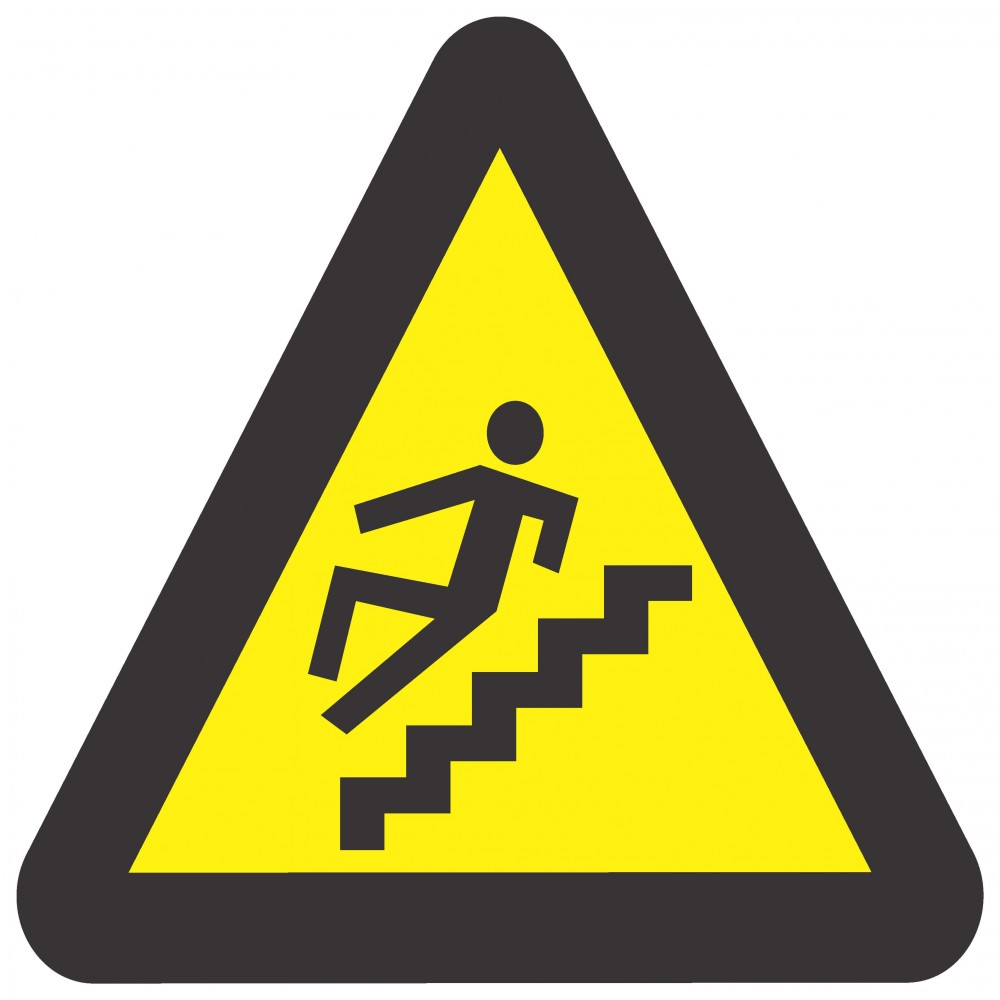What are the Steps in Developing an SOP?
By Colin Rice · Colin Rice Exploration Drilling Advisory · www.colinrice.co.za
Step 1: The very first step is to clearly define the scope of the SOP, for example; “Tripping the drillstring using the main hoist on an Atlas Copco CS14 drill rig” or “Tripping the drillstring using the main hoist on a Sandvik DE710 drill rig”.
We cannot have one SOP that is good for all drill rigs – this is a common mistake that is made – drill rigs differ and no matter how small the differences – each variant of drill rig must have their own SOP.
If the contractor runs 12 drill rigs that are absolutely identical then the same SOP is acceptable for all 12 but if one has a modified hoist control system for example, then that drill rig must have a separate and identifiable SOP that relates to that drill rig. Obviously, much of the SOPs will be identical but the differences in the steps must be clear.
Step 2: Add the rest of the “front end” detail. Have a look at our previous article on how an SOP is designed, to get an idea of the other front end details that should be included in your SOP.
Step 3: Once the front end of the SOP has been developed, the body needs to be compiled in detail. In order to do this, you must:
identify the individual steps that have to be completed in order to complete the procedure,
identify the hazards associated with each of the steps (this is critically important) and then,
decide how to carry out the steps in the safest way, i.e. so that the hazards do not cause harm – sometimes this is called the safe work procedure.
This all seems pretty straight forward, but it is in fact quite difficult to develop a really good SOP. Here are some simple rules that will help to ensure a good quality document:
Get the right team together. It should be pretty clear now that, more than one person is required to properly develop an SOP – you need to gather a group of people who have intimate knowledge of the procedure and who have the ability to identify every step in the procedure and the hazards associated with each step. If you have the right team, you stand a good chance of developing a good SOP.
Remember who the SOP is being written for. It is being written for a driller or a drill rig assistant / helper / offsider etc. It is not being written for the engineer or geologist or safety officer. You must therefore carefully consider language, ability to read, numeracy ability etc. Sometimes the use of pictures helps in understanding the steps and the hazards and so the use of pictures must be encouraged.
It follows that an SOP written for an English speaking Australian will not be suitable for a Xhosa speaking South African!
Do not reference other SOPs or legislation in the body of the SOP. This tends to cause confusion and will make the procedure very difficult to follow.
Avoid adding attachments or forms to the SOP, again, this will complicate the procedure.
Once an SOP has been developed, it must be revised and updated as new equipment or improved processes are implemented, an SOP is a living document and it must never be filed away and forgotten about.
Read the next article in this series about the common mistakes with SOPs.

